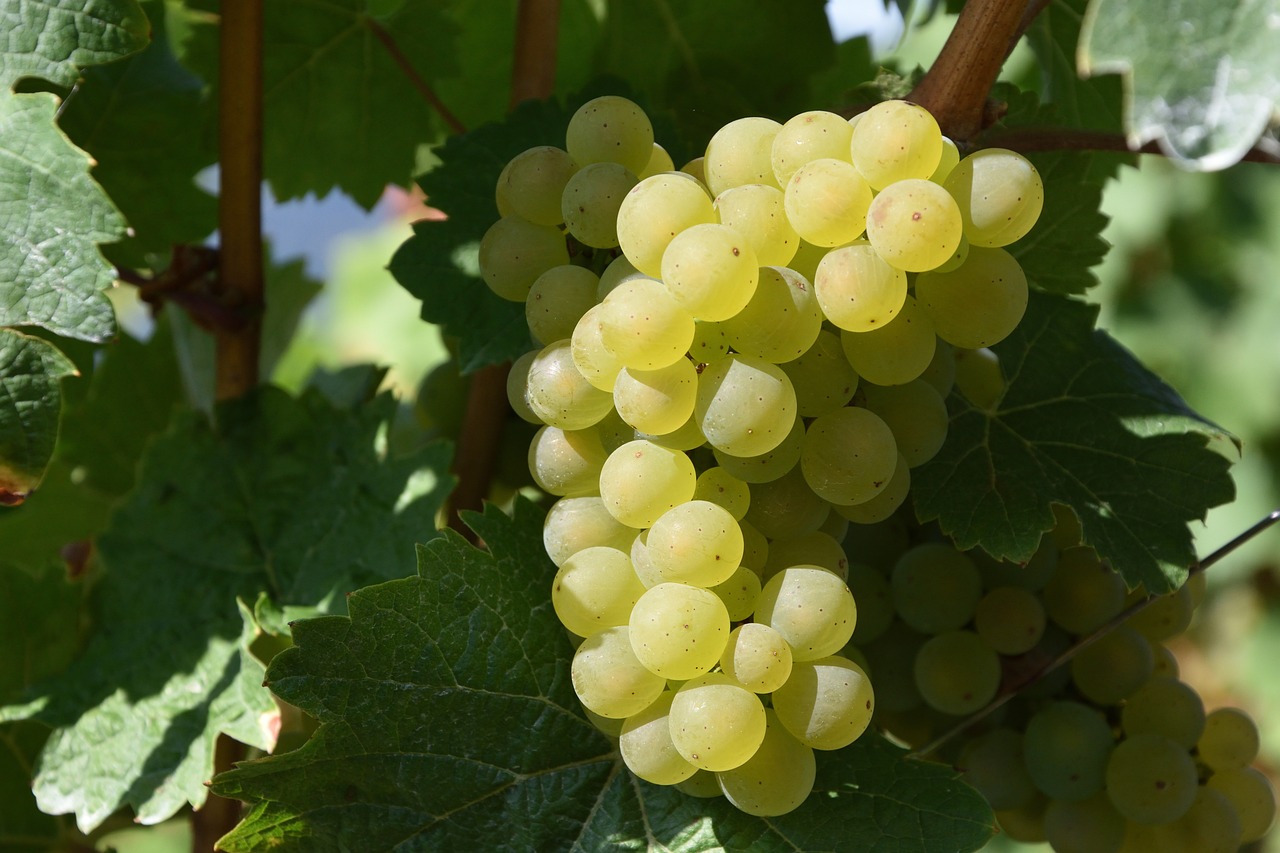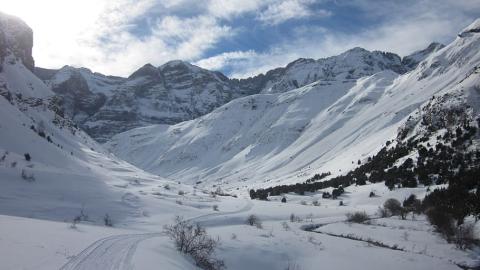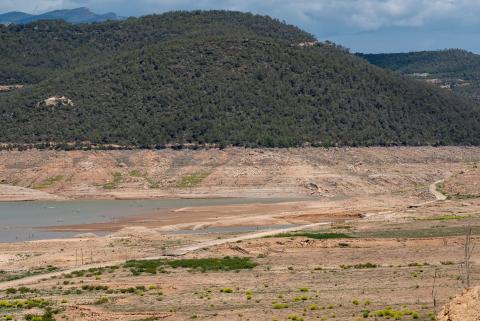Some 90 % of coastal and lowland wine-growing regions in Spain, Italy, Greece and southern California are at risk from extreme events, such as excessive droughts and heat waves, according to a review published in Nature Reviews Earth & Environment. The article summarises the expected changes and the adaptations that wine producers will need to make.

Rafael y Fernando - vinos EN
Rafael Andrés Peinado Amores
Professor of the Department of Agricultural Chemistry, Soil Science and Microbiology at the University of Cordoba
Fernando Sánchez Suárez
Agronomist and oenologist, pre-doctoral researcher at the Department of Agricultural Chemistry, Soil Science and Microbiology of the University of Cordoba
The article provides an in-depth review of the changes in wine production and quality that are already occurring as a result of climate change. Moreover, due to rising temperatures, increasingly frequent heat waves and longer periods of drought, the review predicts that some wine-growing areas will tend to disappear, as vine cultivation under the new climatic conditions would be unfeasible or very costly. It also predicts that new wine-growing areas will appear in places where vine cultivation was not possible until recently, in line with a multitude of studies on the subject.
Although the study covers most geographical areas where vines are grown, the effects of climate change on grape and wine quality and chemical composition will depend on the particular area. Of particular concern will be vineyards located below 45º N, although the altitude at which the crop is grown or other aspects such as exposure of the vineyards, soil conditions, etc. should be taken into account.
Another aspect that stands out is the pressure of pests and diseases in these possible new conditions, where fungi that need more humidity to develop will see their advance slowed down as opposed to others with drier weather. In this sense, an important part of the pests will be able to develop in a longer time window and even increase the number of generations in each season, going from univoltines to bi-, tri- or multivoltines.
To mitigate the effects of climate change, a series of alternatives are proposed based mainly on vineyard management, although there are others related to the use of certain yeast species during must fermentation, which can help mitigate low acidity levels and reduce to some extent the increasingly high alcohol content of wines.
Another proposal, such as the use of varieties adapted to the current climatic conditions, will not be effective in the short term, as a newly planted vineyard does not produce quality grapes for some years. It is probably better to graft the new varieties onto existing vines. These varieties may be of great interest for more southern areas, an example of this being the new inclusion of later varieties in certain specifications of Appellations of Origin such as Ribera del Guadiana (Spain) or Bordeaux (France).
It should be noted that the paper makes a very comprehensive analysis, and indicates that the exact extent of these changes remains unknown and will depend on the magnitude of climate change together with the capacity to adapt to these challenges.
Adrián Martínez - vinos EN
Adrián Martínez Cutillas
Former director of the Murcian Institute for Agricultural and Environmental Research and Development (Imida), currently retired and collaborating with the Imida Viticulture and Oenology team
I think the paper is an excellent review of the influence of climate change on the future development of viticulture. Its impact will be greater in regions that already have a warm and dry climate, such as those located in the southern half of Spain.
There is still a lot of work to be done. There are some 10,000 varieties of vines in the world for all uses: wine, spirits, table, sultanas, juices, etc. Worldwide, 16 of them, 50% of the world's cultivated area of wine grapes, and in Spain three varieties (Tempranillo, Airén and Bobal) account for 50% of the area planted with wine grapes.
We must look for other varieties that are better adapted to the new climatic conditions and, if we do not find them among those that already exist, develop genetic improvement programmes, such as the one initiated at IMIDA at the end of the last century, and try to obtain new varieties that are better adapted to the new climatic adversities. In this sense, four new varieties have already been registered, three red (Myrtia, Gebas and Calnegre) and one white (Calblanque), from crosses of Monastrell with Cabernet Sauvignon and Monastrell with Syrah.
- Research article
- Peer reviewed
- Review
Cornelis van Leeuwen et al.
- Research article
- Peer reviewed
- Review



